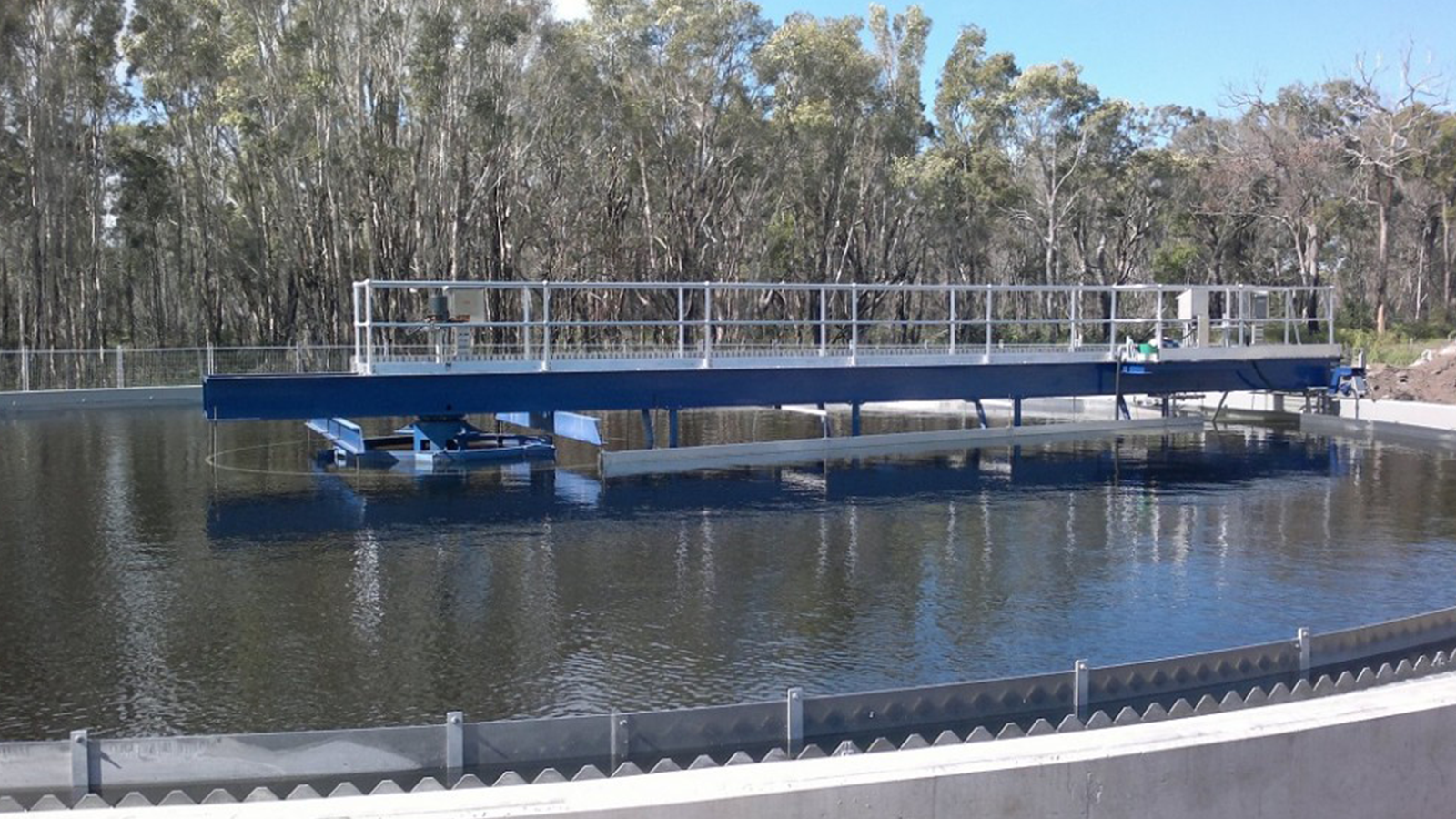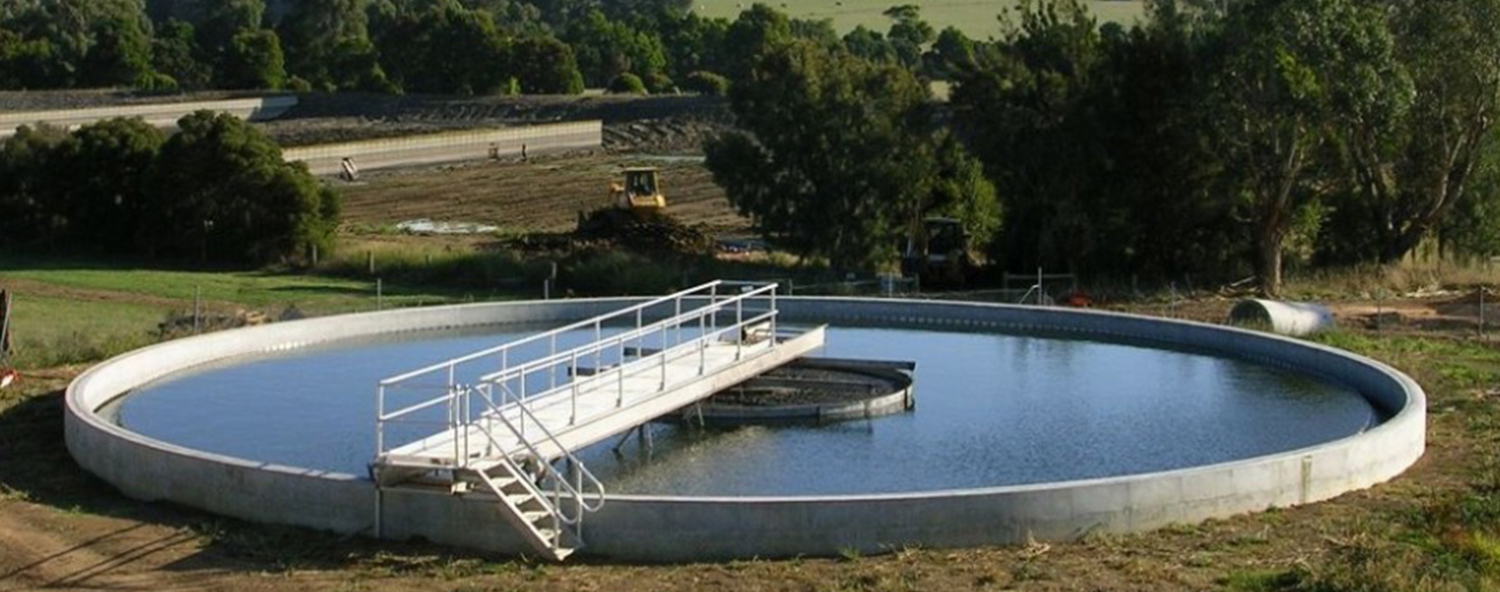
Tertiary Clarification
Hydroflux is proud to be Australia’s first water treatment and technology company to achieve Climate Active carbon neutral certification for our entire organization. As part of our climate change mission, we continue to research, develop and invest in sustainable technologies.
Now our journey continues – our main range of water technology and associated chemical products are Climate Active certified as carbon neutral. To read more on our journey, click HERE

Tightening discharge limits requires the use of tertiary filtration for the removal of fine suspended solids, nutrients, bacteria and pathogens. Backwash streams from these processes require clarification for solids removal.

Hydroflux Epco have extensive expertise and references on tertiary clarifiers as follows:
- Over 330 clarifier systems manufactured since 1962, numerous operational on tertiary applications.
- Robust construction with proven sludge removal systems (VeeMax®, LogMax® and HeadMax®).
Find out more
- Proven bridge construction
- Proven effective sludge removal systems
- Elimination of dead zones
- Elimination of denitrification
A number of designs and configurations are available, these include:
-
- Centre Drive
- Peripheral Drive
- Full bridge
- Half bridge
A clarifier is essentially a gravity process which separates suspended solids from the liquid. The clarifier mechanism collects both the sludge (heavier material), and scum (lighter material) by physical means. There is one flow inlet to the tank and multiple outlets.
In operation, the influent enters the clarifier tank through the ports in the centre column. High radial inflow currents are suppressed by the EdiGate® energy dissipation inlet (optional) which redirects self cancelling tangential flows to the outer FlocWell™ feedwell, which in turn, directs the flow downward toward the bottom of the tank.
The major concentration of heavier material settles below the EdiGate® and FlocWell™ flocculation skirt, with lighter material settling in the tank extremities.
The sludge is collected by the scraper blades due to their rotation, and is moved across the floor to the sludge pocket in the centre of the tank, by the floor slope and the spiral blade pattern. The sludge is then removed from the centre pocket via pumps or gravity.
Scum on the water surface is removed from the tank via the radial scum scraper, the hinged skimming mechanism and scum boxes. The scum boxes have a bottom dump valve which is actuated every revolution by a striker mounted onto the underside of the bridge.
The inside of the peripheral scum baffle is wiped continuously every revolution, by a rubber wiper attached to the hinged skimmer.
Clarified effluent leaves the tank via the peripheral vee notched weir plates and launder channel.
